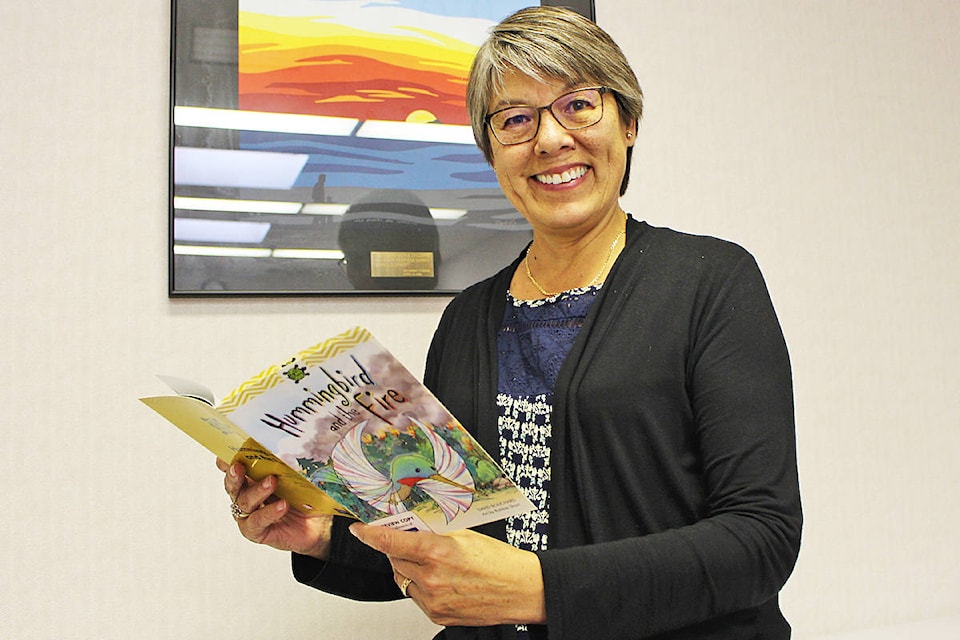School District 52’s literacy intervention program is showing early signs of success in helping young kids with the ability to reach a Grade 3 reading level.
When Irene LaPierre, superintendent at SD52, began her position last academic year, she knew that literacy intervention was a project she wanted to bring to Prince Rupert.
“When you think about literacy it’s the basis of all we do. Even the new [way of teaching] math, it is a lot more word-based and about problem solving,” she said.
The goal of the program is to get 90 per cent of students reading by the end of Grade 3, leaving a 10 per cent leeway for kids who may have learning challenges that have not been identified yet.
“Research has shown that if students are reading by Grade 3 their trajectory is much better to have high school completion and hopefully move on to post-secondary education or the trades,” LaPierre said.
Kindergarten and Grade 1 students were assessed in all five elementary schools last February and the program began after the spring break.
READ MORE: Prince Rupert says ‘Oui, s’il vous plaît’ to French immersion
Students were assessed on:
- blending - the ability to take individual sounds and blend them together to form words;
- rhyming;
- concepts of print, such as understanding that spaces separate words from each other or text is read from left to right;
- segmenting sounds - the ability to break words down into its component sounds), identifying letters and sounds;
- oral language - the ability to use spoken word to express ideas and;
- identifying letters or sounds.
Data from two Kindergarten classrooms assessments, totaling 27 students, showed that 18 students were deemed “at-risk” in oral language and rhyming, the two worst categories. Students performed best in blending was the category they performed best in with only 10 students deemed to be at risk.
The program also identifies students who need one-on-one intervention with a teacher and those that can be put in groups with four kids to one adult.
LaPierre said research showed that the most vulnerable learners are those who do not come from language enriched homes, whose parents may not be as verbal with their kids or from homes that lack any reading material from books to comics.
After the 16-20 week program, in which students read specialized books during their literacy blocks, 11 students remained at risk for rhyming, 12 for oral language and only four remained in blending. All other categories showed success as well, each having four students or more taken off the at-risk list.
“This year we are starting earlier [all academic year] so I can only imagine how the kids will move forward,” LaPierre said.
This year, the school board dedicated $140,000 to put toward more resources in the program and to hire an administrator with a literacy background who can carry on trainings for the staff.
READ MORE: Learning about Prince Rupert literacy
Jenna Cocullo | Journalist
Jenna Cocullo
Send Jenna email
Like the The Northern View on Facebook
Follow us on Twitter
